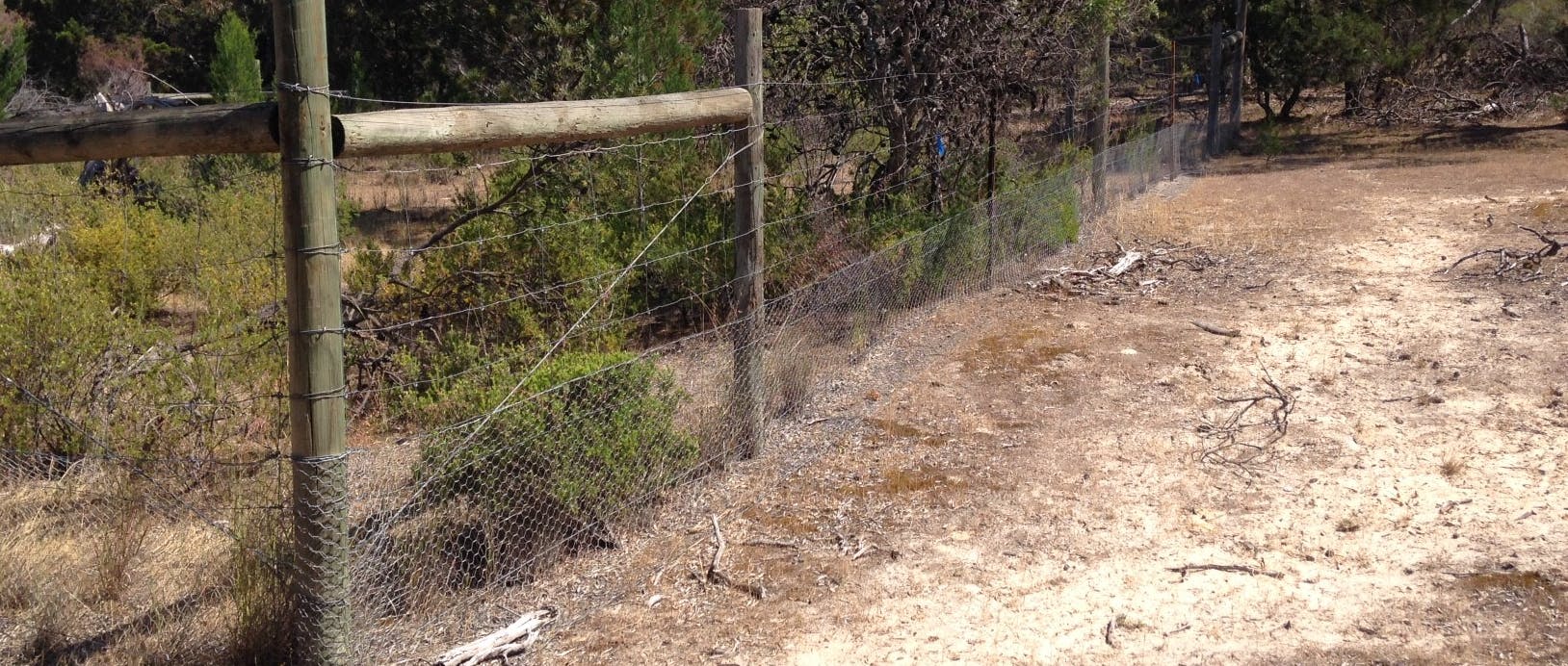FAQs
- taking our survey
- Emailing a submission to: DEWProtectedAreaManagement@sa.gov.au
What is a management plan?
Management plans are the main strategic documents used to manage reserves in South Australia. Management plans, as well as any amendments which come after the plans have been adopted, are developed through a process that includes a statutory three-month public consultation, review by the Parks and Wilderness Council, and final endorsement by the Minister for Climate, Environment and Water.
Why are the management plans being amended?
Kangaroo numbers have increased substantially in South Australia since European settlement, with some populations now causing adverse impacts. Many kangaroos have benefitted from increased access to water, grazing land and the removal of their main predator, the dingo.
Unsustainable kangaroo populations are causing adverse impacts on South Australia’s ecosystems, human activities, and public safety due to increased traffic accidents, and can be detrimental to the welfare of individual animals, in particular during times with dry weather conditions.
In some circumstances, kangaroos may need to be managed to protect biodiversity, people and property. Implementing kangaroo management may protect the welfare of kangaroos themselves, as kangaroos may starve due to a lack of food during times of dry weather conditions or may be injured in car collisions when travelling to find food or water.
Kangaroo protection and management is provided for under the National Parks and Wildlife Act 1972 and associated regulations. Including kangaroo species in total grazing pressure management strategies is enabled through management plans.
What is total grazing pressure?
Total grazing pressure is the total amount of plant material eaten by grazing animals (herbivores) relative to the amount of plant material available.
Native and introduced animals including kangaroos, emus, goats, rabbits, deer and camels, depending on the location, contribute to total grazing pressure across the South Australian landscape, including in reserves.
Programs to reduce grazing pressure prioritise removing introduced animals, but when native animals such as kangaroos cause significant grazing pressure impacts, strategic management is required.
Managing impact-causing native animals may result in a healthier local population of the species by ensuring these animals have access to adequate food and natural places to graze and helps reduce impacts on native vegetation and vulnerable ecosystems, agriculture and road safety.
How will kangaroos be managed in the parks and reserves?
Kangaroo populations will be managed as part of the overall strategy for managing total grazing pressure in the reserves in the nominated management plans.
Some current management plans outline priority introduced animals that are impacting on the landscape through increased grazing pressure, such as rabbits, goats and deer, and may already include kangaroos, where other management plans do not provide for managing grazing pressure as it was not identified as a management challenge when the plan was developed.
While non-lethal control options will always be considered in the first instance, culling may be required to manage impact-causing kangaroo populations where it is found to be the only practicable method of control. This is to help protect the overall habitat quality and preserve areas for other important native species to thrive, and to provide better conservation outcomes for habitat restoration and remediation projects.
How will the health of kangaroo populations be protected?
Kangaroo protection and management is provided for under the National Parks and Wildlife Act 1972 and associated regulations. Where evidence of total grazing pressure suggests that kangaroos are having an unsustainable impact on conservation values, strategic management will be implemented.
A more detailed assessment and consultation process occurs at an operational level to ensure there is an ecological benefit to removing a portion of the kangaroo population, and that the regional conservation status of the kangaroo species being managed is not at risk. These amendments do not provide direction on kangaroo management at an operational level, this is done through the appropriate DEW policy and procedure.
Animal welfare is very important to the Department and any culling will follow strict safety measures and best-practice methods for the humane destruction of animals (National code of practice for the humane shooting of kangaroos and wallabies for non-commercial purposes and the National Code of Practice for the Humane Shooting of Kangaroos and Wallabies for Commercial Purposes).
How can I have my say on the proposed management plan amendments?
Have your say by:
Alternatively, post your written submission to:
Department for Environment and Water
National Parks and Protected Area Program
Re: Total grazing pressure amendments
GPO Box 1047 ADELAIDE SA 5001


